The Policy Criteria are organized into categories that determine the classification of programs according to their functionalities. Each program has different validation options and may belong to different Criteria.
| Criterion | Description |
|---|---|
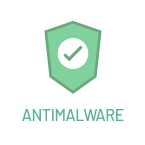 |
Antimalware programs are applications designed to detect, prevent, and remove malicious software from computer devices. They help protect against viruses, trojans, spyware, and other online threats, being a critical part of digital security. Examples include Windows Defender and Kaspersky Anti-Virus. |
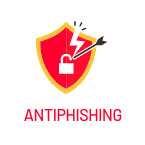 |
Anti-phishing programs are tools that protect users against phishing attacks, which attempt to trick them into revealing sensitive information. These programs detect and block fake emails, messages, or websites that attempt to steal personal or financial data. They help maintain online security and privacy. Examples include McAfee WebAdvisor and K7SecureWeb. |
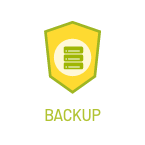 |
Backup applications help organizations maintain the immortality of their data, which in turn improves business continuity and strengthens disaster recovery capabilities. Examples include IDrive and MEGAsync. |
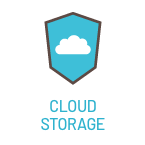 |
Cloud Storage programs are tools that allow you to store, manage, and access data remotely over the Internet. They facilitate file synchronization between devices, file sharing, and data security, being used by both individual users and businesses for online storage and collaboration. Examples include Dropbox, Google Drive, and Microsoft OneDrive. |
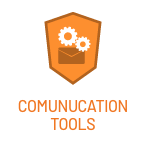 |
Communication Tools programs are digital tools that facilitate communication between individuals and teams through various means, such as instant messaging, video conferencing, and project management. Examples include Slack and Zoom enabling effective collaboration and remote teamwork. |
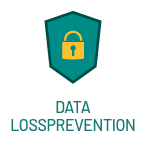 |
Data Loss Prevention (DLP) programs are tools that prevent the loss or leakage of an organization’s sensitive data. They monitor, detect, and control the flow of information in and out of the enterprise network to protect sensitive data, such as financial or personal information, trade secrets, and intellectual property. Examples include Wave Data Protection Agent and Dr.Web Security Space. |
 |
Endpoint Encryption programs are tools that encrypt data stored on end devices such as laptops and mobile phones. They help protect sensitive information in the event of loss or theft of the device, keeping it inaccessible without the proper decryption key. Examples include CipherShed and CryptoExpert. |
 |
Firewall programs are applications or devices designed to protect computer networks by controlling and filtering the data traffic in and out of them. They function as a security barrier, examining each data packet and deciding whether to allow it to pass through or block it according to predefined rules. They are critical to preventing unauthorized intrusions, protecting sensitive data, and maintaining the integrity of computer systems. Examples include Smart Heal Total Security and SpyShelter Firewall. |
 |
Health Agent programs are part of endpoint security suites that are centrally managed. These agents enforce policies and perform client-side tasks, such as deploying, configuring, and updating other components of the security suite. These additional components can range from the personal firewall and anti-malware engine, to anti-phishing protection, data loss prevention agent, disk encryption agent, and network access control agent, among other forms of endpoint protection offered by various security vendors in their products. Examples include HP Support Assistant and Windows Security Health Agent. |
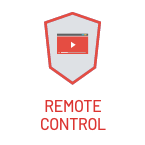 |
Remote Control programs are tools that allow users to control and access devices remotely over a network connection, such as the internet. They are used to display the screen, interact and troubleshoot on devices located in different geographical locations. They are useful for technical support, systems administration, telecommuting, and team collaboration. Examples include TeamViewer, AnyDesk, and Microsoft Remote Desktop. |
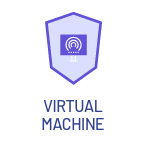 |
Software that enables virtualization in computer systems. They create and manage virtual machines, isolated environments that run operating systems and applications independently. Examples include VirtualBox and VMware Workstation. |
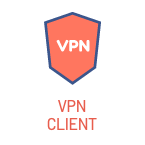 |
VPN Client programs are applications that allow users to establish secure connections to a virtual private network (VPN) from their devices. These encrypted connections ensure the privacy and security of communication, especially on public Wi-Fi networks. Examples include Cisco AnyConnect, and ExpressVPN. |
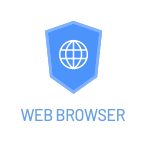 |
Web Browser programs, or web browsers, are applications that allow users to access and browse web pages on the Internet. They offer features such as opening multiple tabs, managing bookmarks, and searching the web. Popular examples include Google Chrome, Mozilla Firefox, Microsoft Edge, Safari, and Opera. They are critical to the internet browsing experience. |


